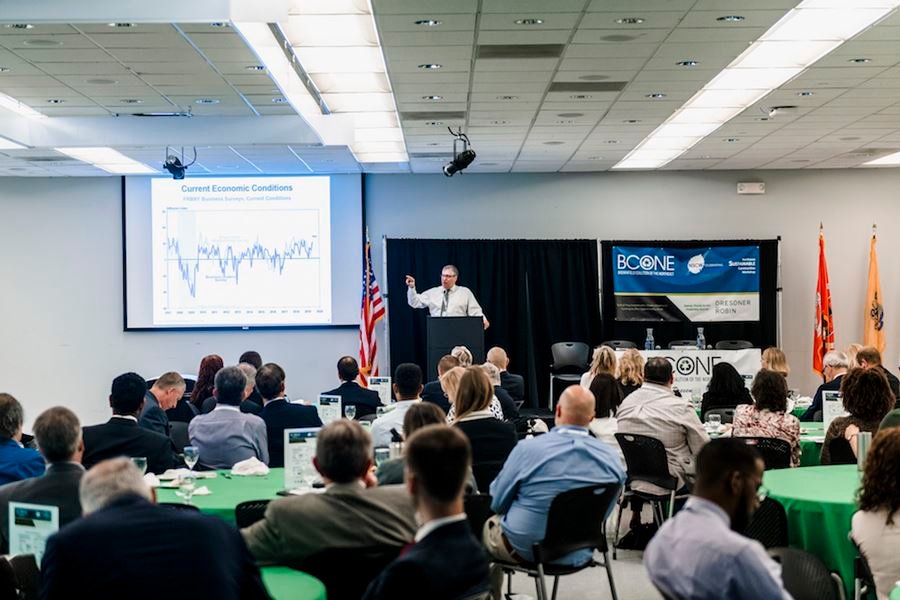The legacy of environmental degradation is pervasive in many American small towns. So too are the immense physical artifacts from prior eras that populate the grounds upon which contaminants frequently reside. Wise brownfield redevelopment not only cleans our land, but it also stimulates economic growth and leads to new economies, filling up vacant space and leading to new construction. However, finding contemporary uses for immense buildings that have transitioned away from their initial use is neither easy nor quick. This is especially true in markets for which there is little evidence of demand. Remediating and redeveloping big buildings in small markets requires a keen awareness of the complexities of urban redevelopment and an honest assessment of the likelihood of finding tenants. What environmental, economic and urban design strategies can be deployed to address large, former industrial or institutional complexes when their sheer scale are partly responsible for their obsolescence? This interdisciplinary panel brings together perspectives of environmental engineering, landscape architecture, architecture and finance to discuss contemporary adaptive reuse approaches for large historic buildings on contaminated sites.

About BCONE
BCONE's mission is to provide a platform for the exchange of ideas/best practices on the benefits of brownfield remediation, resilience and sustainable redevelopment, and to work with public, private, and regulatory stakeholders in our region to facilitate economic activity and growth with a focus on environmental, social and governance (ESG) factors.Conference Links
Recent Posts
© Copyright 2024 Brownfield Coalition of the Northeast. All Rights Reserved - Website by Eagle Soars Business Advisors and Tiesha Green


